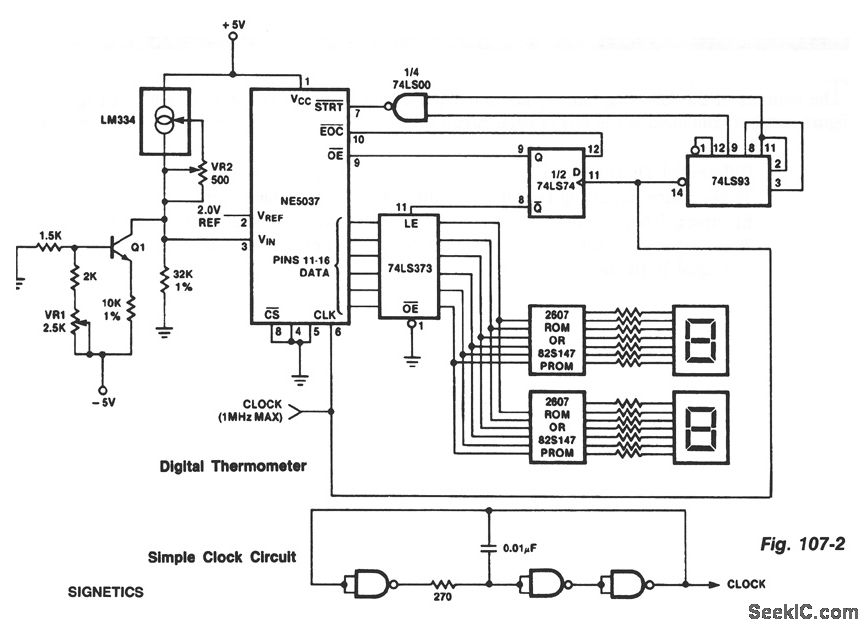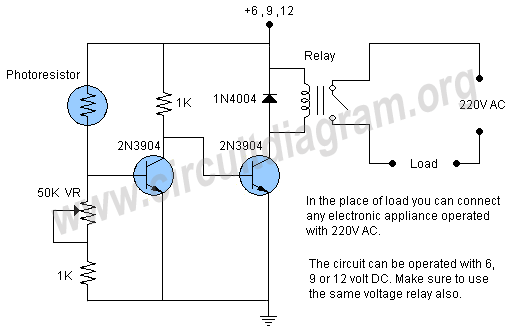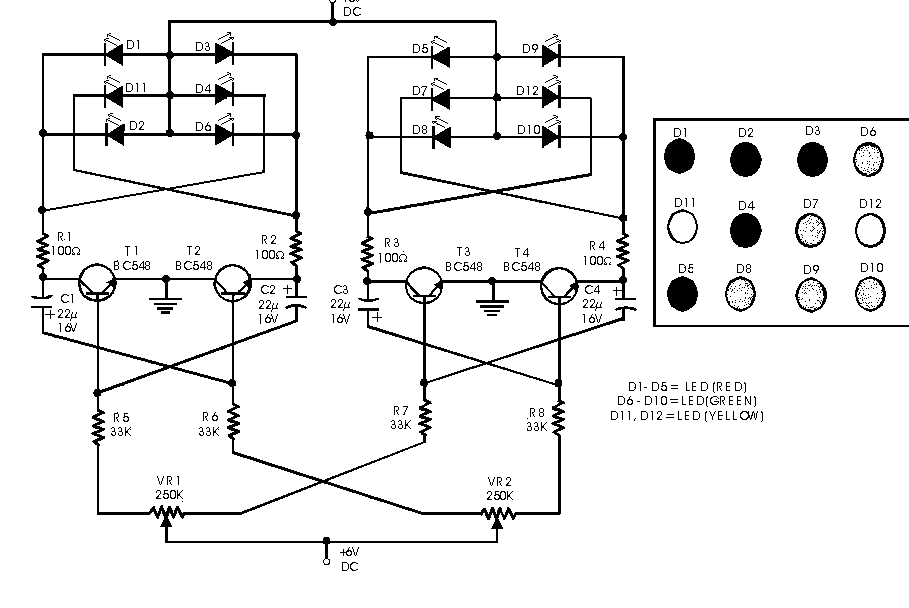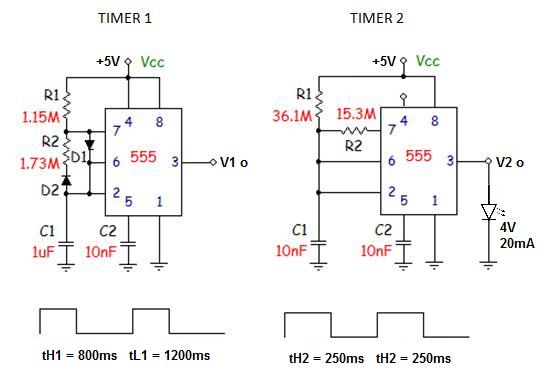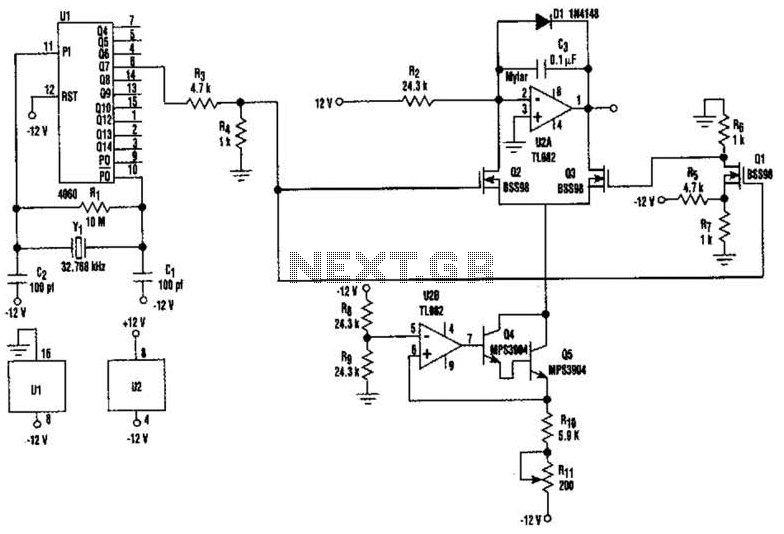
how to make simple vu meter circuit at
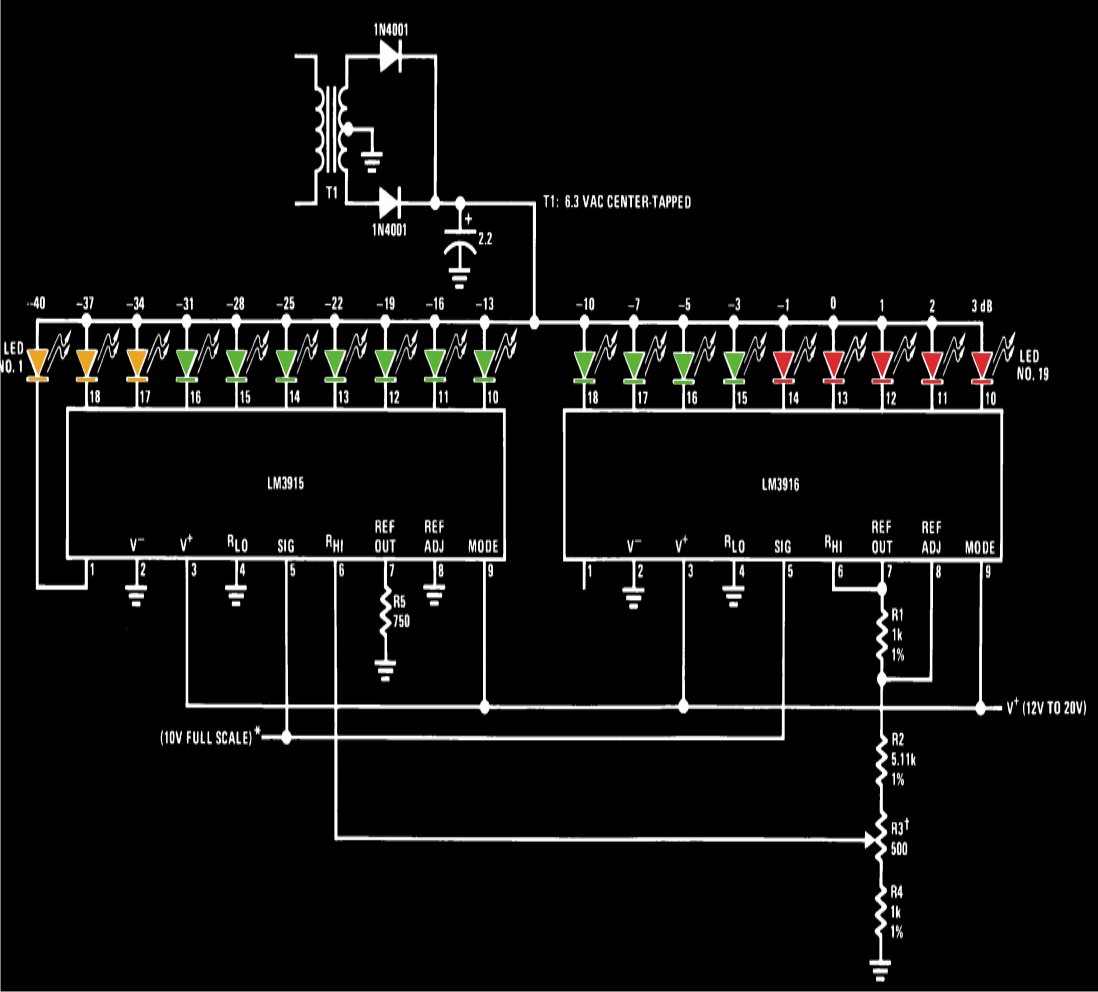
A VU meter, or volume unit meter, is a device used to indicate the music volume output from an amplifier or loudspeaker system. It can also be viewed as a device for displaying the PMPO (Peak Music Power Output) of the amplifier at a specific volume setting. While the unit appears technical and serves as a measuring device for audio power, it often functions more as a decorative element for an amplifier. Without such devices, an amplifier system may appear rather dull and uninspired. Before the popularity of LEDs, moving coil meter displays were commonly used as VU meters, and these units, with their backlights on, created a distinctive visual effect as their needles moved from left to right, reflecting the varying pitch of the connected audio system. With the advent of LEDs, these light sources became the preferred choice for VU meters, and even today, amplifiers often utilize LED VU graphs to display music power. For electronic hobbyists interested in constructing a specific gadget at home rather than purchasing a commercial product, this VU meter circuit may be appealing for their music system. The circuit diagram illustrates a simple configuration that employs two integrated circuits (ICs) in a cascaded arrangement to produce a 20 LED sequencing bar type indication. A resistor (R3) is included to adjust the typical dB levels between the LEDs, enabling a visually enhanced sequencing pattern in response to the music input. The diagram indicates a separate power supply for the circuit; however, if the amplifier provides a 12-volt stabilized power supply, it can also be used to power the circuit, eliminating the need for additional components such as a transformer and associated rectification circuitry. An external enclosure may be utilized to house the assembled circuit, or the circuit may potentially be installed within the amplifier's dashboard, provided that the necessary drilling and fittings can be accommodated.
The VU meter circuit serves as an effective tool for visualizing audio levels, enhancing the aesthetic appeal of audio equipment while providing functional feedback about the output levels. The use of two integrated circuits in a cascaded configuration allows for a more refined control over the LED sequencing, offering a smoother transition between levels as the music's amplitude changes. The choice of a 20 LED bar graph provides a clear visual representation of volume levels, allowing users to easily gauge the output at a glance.
In terms of implementation, the circuit can be powered by the existing amplifier supply, which simplifies the overall design and reduces the need for additional components. This integration not only minimizes the physical footprint of the setup but also enhances reliability by reducing the number of separate power sources.
The adjustment resistor R3 plays a critical role in tailoring the responsiveness of the LEDs to the audio signal, allowing users to customize the display to their preferences. By manipulating this resistor, the sensitivity of the VU meter can be fine-tuned, ensuring that the visual output corresponds accurately to the audio input levels.
For housing, while an external enclosure is suggested, integrating the VU meter into the amplifier's dashboard may provide a more cohesive look and feel to the overall setup. This integration requires careful planning regarding the layout and the drilling of mounting points to ensure that the installation is both functional and aesthetically pleasing.
Overall, the VU meter circuit not only serves a practical purpose but also enhances the user experience by providing a visually engaging representation of audio levels, making it a valuable addition to any audio system.VU meter or a volume unit meter is a device used for indicating the music volume output from an amplifier or a loudspeaker system. It may be also considered as a device for displaying the PMPO of the amplifier at a particular volume setting.
Though the unit looks quite technical, which is applied as a measuring device of audio power, in real terms these are more like decorative ornaments of an amplifier. Without such devices attached, an amplifiersystemwould lookquitedull and without any juice. Prior to the days when LEDs were not so popular, moving coil meter type ofdisplayswere commonly incorporated as VU meters and surely these units with there back lights ON produced a distinctive visual effect as their needles deflected from left to rightdisplayingthe varying pitch of the connected audio system. With color effect at its disposal, LEDs became the HOT favorites as far as VU meter were concerned, even todayamplifiers employ a LED VU graph fordisplayingthe music power in an amplifier.
For electronic hobbyists who are rather more interested in building a particular required gagdet right at home instead of buying a commercial piece, this cool VU meter circuit will interest them if they are intending to make one for their musicsystem. The circuit diagram shows a very simple configuration employing two of the above ICs in the cascaded form forproducinga good 20 LED sequencing bar type indication.
R3 has been stationed for adjusting thetypicaldB levels between the LEDs forenablingvisually more enhancedsequencingpattern in response to the fed music input. The diagram shows a separate power supply being used for the circuit, however if the amplifier supports a 12 volt stabilized power supply, can beused forpowering the circuit as well, this would help to get rid of the extra bulk involvingthetransformer and the associated rectificationcircuitry.
An external enclosure may be used for housing theassembledcircuit or possibly thecircuitmay be installed in the amplifier dashboard itself, if situation permits the requireddrillingandfittings. 🔗 External reference
The VU meter circuit serves as an effective tool for visualizing audio levels, enhancing the aesthetic appeal of audio equipment while providing functional feedback about the output levels. The use of two integrated circuits in a cascaded configuration allows for a more refined control over the LED sequencing, offering a smoother transition between levels as the music's amplitude changes. The choice of a 20 LED bar graph provides a clear visual representation of volume levels, allowing users to easily gauge the output at a glance.
In terms of implementation, the circuit can be powered by the existing amplifier supply, which simplifies the overall design and reduces the need for additional components. This integration not only minimizes the physical footprint of the setup but also enhances reliability by reducing the number of separate power sources.
The adjustment resistor R3 plays a critical role in tailoring the responsiveness of the LEDs to the audio signal, allowing users to customize the display to their preferences. By manipulating this resistor, the sensitivity of the VU meter can be fine-tuned, ensuring that the visual output corresponds accurately to the audio input levels.
For housing, while an external enclosure is suggested, integrating the VU meter into the amplifier's dashboard may provide a more cohesive look and feel to the overall setup. This integration requires careful planning regarding the layout and the drilling of mounting points to ensure that the installation is both functional and aesthetically pleasing.
Overall, the VU meter circuit not only serves a practical purpose but also enhances the user experience by providing a visually engaging representation of audio levels, making it a valuable addition to any audio system.VU meter or a volume unit meter is a device used for indicating the music volume output from an amplifier or a loudspeaker system. It may be also considered as a device for displaying the PMPO of the amplifier at a particular volume setting.
Though the unit looks quite technical, which is applied as a measuring device of audio power, in real terms these are more like decorative ornaments of an amplifier. Without such devices attached, an amplifiersystemwould lookquitedull and without any juice. Prior to the days when LEDs were not so popular, moving coil meter type ofdisplayswere commonly incorporated as VU meters and surely these units with there back lights ON produced a distinctive visual effect as their needles deflected from left to rightdisplayingthe varying pitch of the connected audio system. With color effect at its disposal, LEDs became the HOT favorites as far as VU meter were concerned, even todayamplifiers employ a LED VU graph fordisplayingthe music power in an amplifier.
For electronic hobbyists who are rather more interested in building a particular required gagdet right at home instead of buying a commercial piece, this cool VU meter circuit will interest them if they are intending to make one for their musicsystem. The circuit diagram shows a very simple configuration employing two of the above ICs in the cascaded form forproducinga good 20 LED sequencing bar type indication.
R3 has been stationed for adjusting thetypicaldB levels between the LEDs forenablingvisually more enhancedsequencingpattern in response to the fed music input. The diagram shows a separate power supply being used for the circuit, however if the amplifier supports a 12 volt stabilized power supply, can beused forpowering the circuit as well, this would help to get rid of the extra bulk involvingthetransformer and the associated rectificationcircuitry.
An external enclosure may be used for housing theassembledcircuit or possibly thecircuitmay be installed in the amplifier dashboard itself, if situation permits the requireddrillingandfittings. 🔗 External reference
